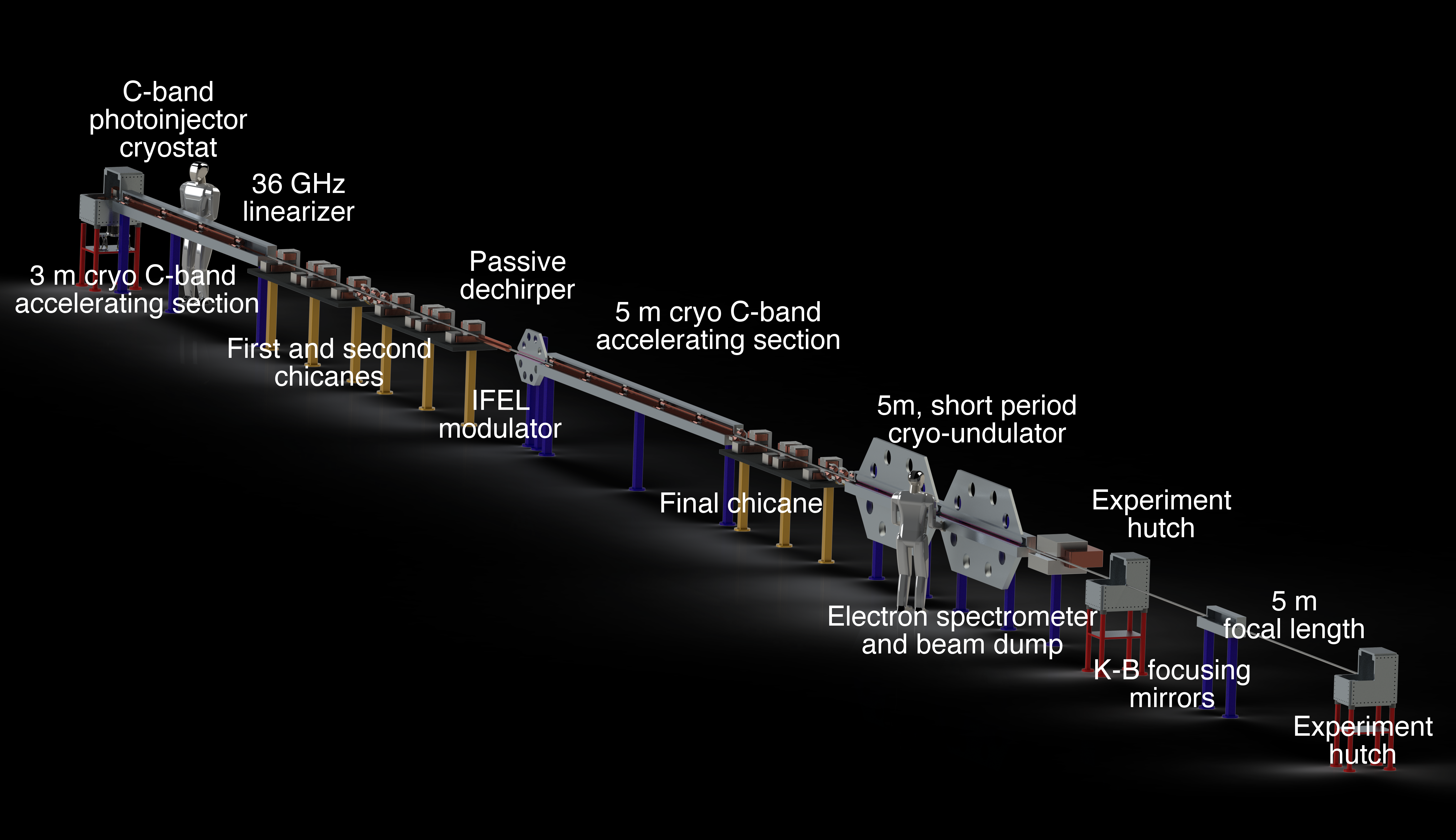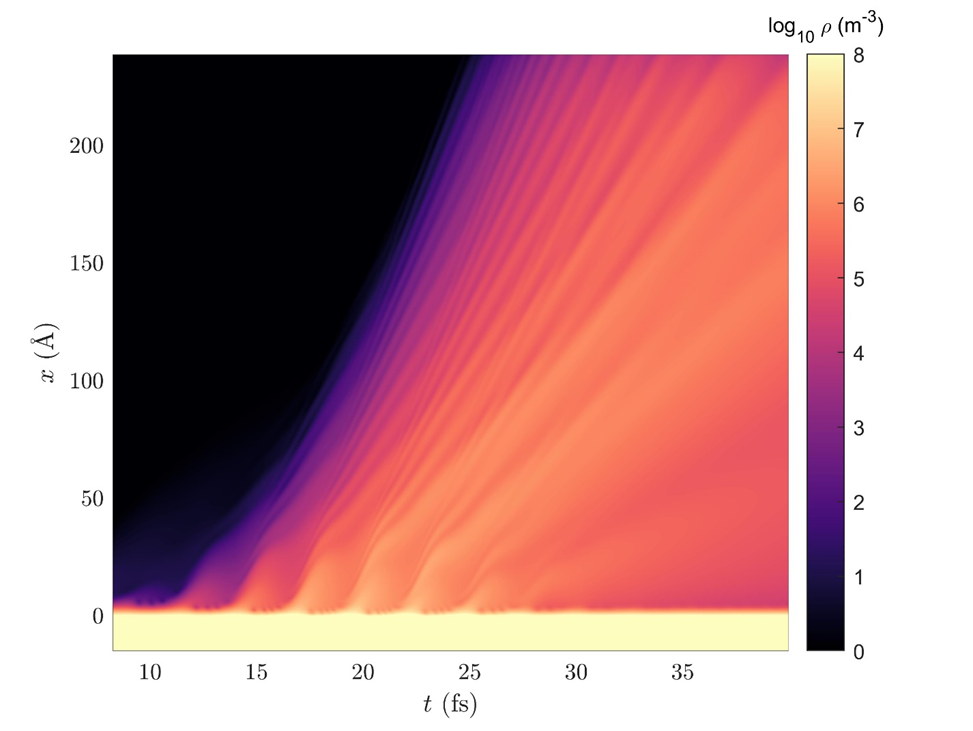About
The Particle Beam Physics Laboratory (PBPL) in the UCLA Dept. of Physics and Astronomy is a state-of-the-art center for research into intense relativistic beams, their fundamental physics and sophisticated technology, and their applications towards high-impact scientific frontiers. Such applications include transformative, paradigm-shifting new methods of acceleration, based on plasmas, lasers, collective wakefields, as well novel techniques in present RF accelerators. These new approaches can push acceleration rates from the present level (< 50 MeV/m) to over 1 TeV/m. This progress opens new paths to discovery across a broad range of physics fields. The primary motivation for very high field acceleration is to enable the next generation of high energy The atomic/molecular world is accessed using revolutionary new beam-based tools such as ultra-fast electron diffraction to the X-ray free-electron laser. UCLA plays a leading and historically critical role in developing all aspects of the modern beam physics community, from the generation, measurement and precise manipulation of sub-femtosecond intense beams.
Relativistic particle beams and the accelerators which produce them have served as cutting-edge tools in scientific research for three-quarters of a century. The practitioners of accelerator science can thus be placed in a tradition of path-breaking science dating back to Galileo. In the present time, beam physics is a vibrant, cross-disciplinary enterprise, which intersects heavily with high-energy density science, plasma physics, ultra-fast lasers, nonlinear dynamics and various high-field and high-power technologies. This intersection is an ideal proving-ground for student and post-doc research – UCLA PBPL has produced over three dozen highly successful PhDs during its thirty-year existence. Graduate students are a key pillar of PBPL research, and their training motivates most of PBPL goals.
Present research directions are described in the links provided in this website. They include:
- Gigavolt-to-teravolt-per-meter wakefield acceleration research both on-campus and at premier user facilities in the US, in both plasmas and dielectric structures.
- Experimental investigation of nonlinear effects in QED through intense-laser-electron collisions (relativistic Compton scattering). This program requires we develop state-of-the-art photon spectral measures from 200 keV to 10 GeV gamma-rays.
- Advanced photocathode research on systems ranging from cryogenic metals and semiconductors, to nanostructures, cold-atom beam sources, and on to exotic scenarios such as plasma-based photoinjection.
- Application of relativistic Compton scattering X-ray sources in medicine and in cultural heritage studies.
- Development of cryo-RF accelerators, with application to record high-brightness electron sources. These techniques underpin both next-generation particle physics colliders, and a major new initiative of UCLA PBPL, the ultra-compact X-ray free-electron laser, which marries many of the techniques described here to miniaturize the XFEL – shrinking it from the >500 m scale to below 40 m.
With its exciting implications for a broad swath of emerging scientific priorities, PBPL research is supported by a wide range of agencies, including the US DOE, National Science Foundation, and DARPA. It also has international reach, with significant collaborations abroad. Those interested in PBPL research as collaborators, colleagues, and potential team members (graduate, undergraduate and post-doc) can contact the Director of the program, Prof. James Rosenzweig, at rosen@physics.ucla.edu.
Latest News & Events
-

10th International Workshop on Mechanisms of Vacuum Arcs
PBPL work in high gradient breakdown science was presented to the high gradient breakdown physics community.
-

PBPL was well represented at the 2022 edition of the North American Particle Accelerator Conference with multiple talks and poster presentations.
-

PBPL was well represented at the 2022 edition of the International Particle Accelerator Conference with multiple talks and poster presentations.


_edited.jpg)





